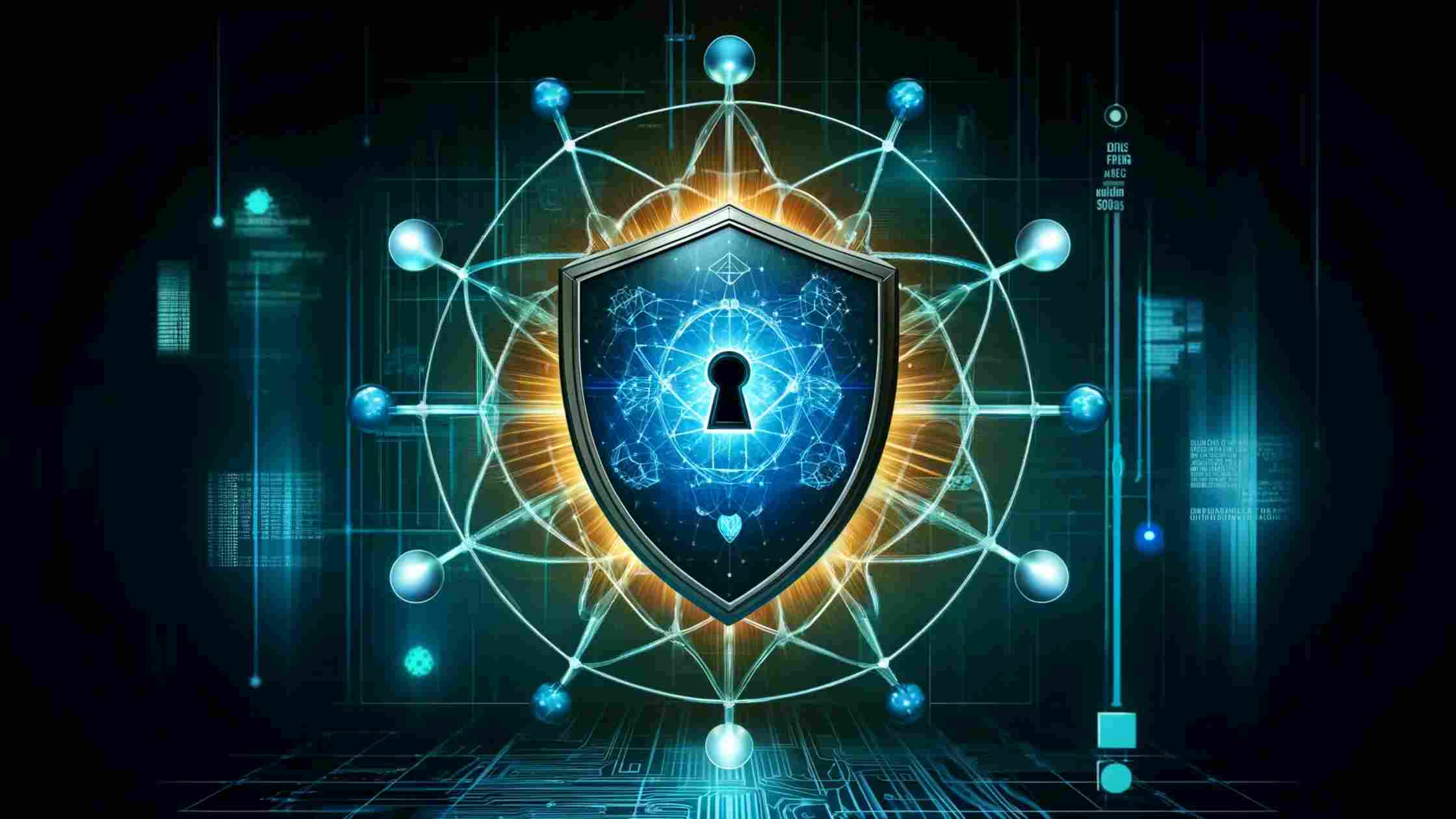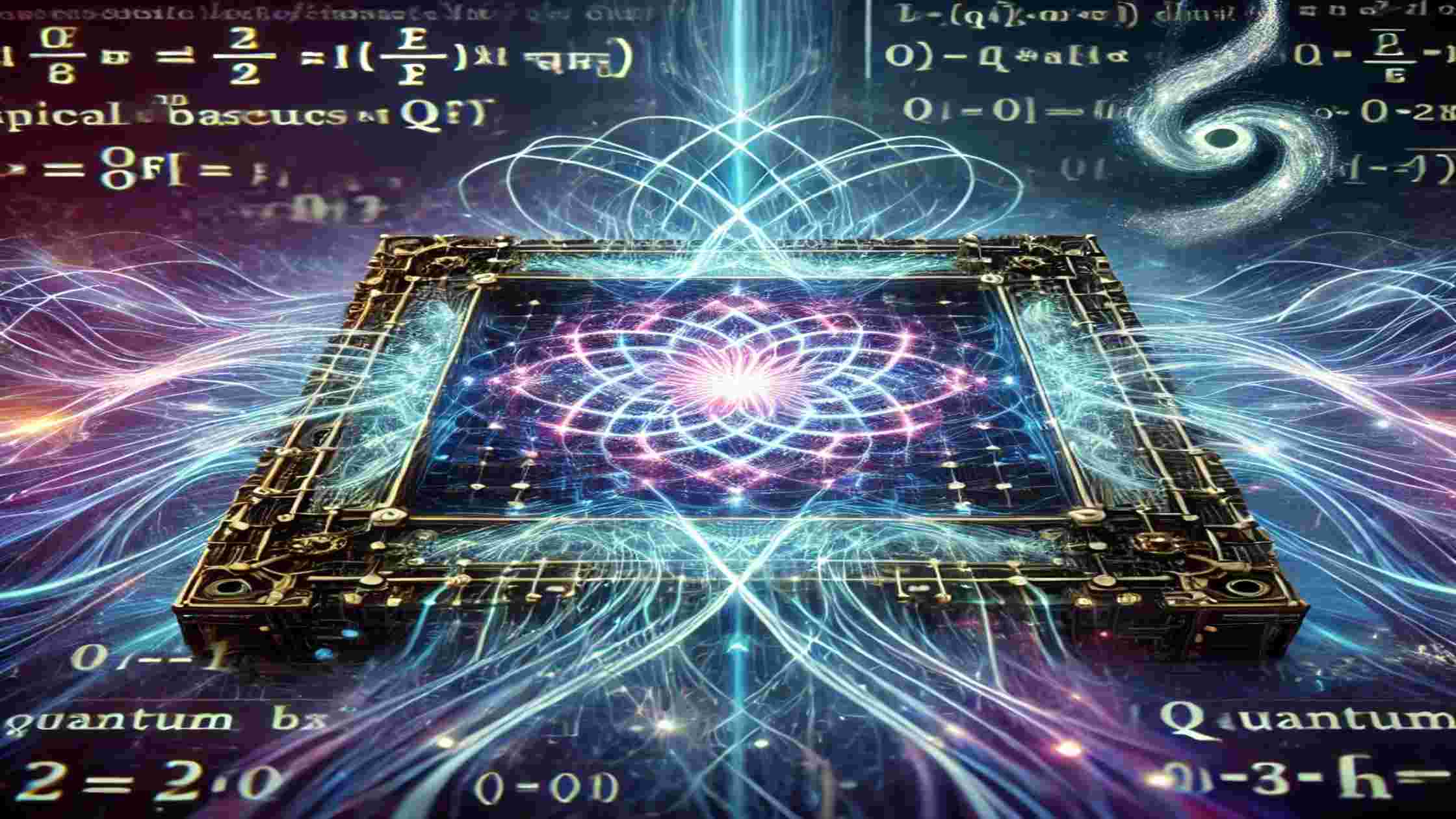Randomness is crucial for security, simulations, and fairness in today’s digital environment. For example, random numbers encrypt messages and ensure fairness in online games. But how can we create random numbers? Quantum random number generators (QRNGs) are more effective than conventional techniques. Let’s examine how QRNGs work, why they are important, and how they can change things.
Covered Contents
ToggleWhat Makes Quantum RNGs Special?
Traditional random number generators (RNGs) are based on physical processes such as air noise or algorithms.
These methods are predictable if you know the starting point or can observe the system closely. For example, pseudo-RNGs (PRNGs) used in computers repeat patterns over time, making them vulnerable to hacking36.
However, quantum mechanics—the physics of particles on the tiniest scales—is the foundation of QRNGs. By their very nature, quantum processes are random, like a photon’s journey through a beam splitter. Even with complete knowledge of the system, you can not calculate the result. This makes QRNGs hack-proof and suitable for high-security use310.
How Do QRNGs Work?
QRNGs take advantage of quantum phenomena like:
Photon Behavior:
A single photon hitting a 50:50 beam splitter randomly reflects or transmits. Detectors record these paths as 0s or 1s310.
Quantum Vacuum Noise:
Even in a vacuum, quantum fluctuations create random energy bursts. Cisco’s QRNG measures this noise to generate randomness at 100 Gbps—far faster than traditional methods6.
Polarization:
Light particles (photons) have random polarization states. Silicon photonic chips decode these states into bits with minimal error rates (0.21%)1.
For example, Axion Technologies uses calcite crystals to split photons into fiber optic lines. The number of photons in each line determines the random output, a process inspired by the search for dark matter particles10.
Types of Quantum RNGs
Types of QRNGs and Their Mechanisms
QRNG Method | Principle | Speed/Performance | Advantages | Examples/Citations |
Vacuum Fluctuations | Measures quantum noise in a vacuum state using balanced homodyne detection. | Up to 100 Gbps (Cisco’s system) | High speed, immune to classical noise, suitable for large-scale encryption. | ANU QRNG, Camacho Lab 35 |
Photon Polarization | Uses photons’ random polarization states when split by a beam splitter. | ~9.49 Mbps (SI-QRNG) | Compact, low error rate (0.21%), ideal for IoT and mobile devices. | ID Quantique, QNu Labs 49 |
Photon Arrival Time | Measures time intervals between photon arrivals (Tropos QRNG). | 1 million OTPs/second | High throughput, certified randomness for secure tokens and digital IDs. | QNu Labs’ Tropos 9 |
Quantum Entanglement | Exploits entangled particles’ correlated states for randomness extraction. | Experimental (research phase) | Unhackable due to quantum non-locality, future-proof for quantum networks. | Qubit-based systems |
Applications of QRNGs
Key Applications of QRNGs
Industry | Application | Example | Benefit | |
Cybersecurity | Encryption key generation | Post-quantum cryptography (NIST standards) | Unpredictable keys are resistant to quantum hacking. | |
IoT & Smart Devices | Secure communication in IoT sensors | QRNG microchips in smart homes/factories | Protects data from interception in low-power devices. | |
Banking | Tokenization and OTP generation | Unique tokens for secure transactions (e.g., banking apps) | Prevents fraud by eliminating pattern repetition. | |
Gaming & Lotteries | Fair random outcomes | Providing Fair Algorithms for Online Casinos | Builds user trust through transparency. |
Defense & Military | Secure routing and personnel tracking | Randomizing military supply routes or facility access | Prevents enemy prediction of critical paths. | |
Telecommunications | Quantum-safe data transmission | Securing 5G/6G networks and satellite communications | Future-proofs infrastructure against quantum threats. |
Cybersecurity: Defending Against Quantum Hacks
Quantum computers will break today’s encryption by 2030, warns the National Institute of Standards and Technology (NIST)2. QRNGs generate unpredictable cryptographic keys, making them vital for:
Post-Quantum Cryptography (PQC):
NIST’s new encryption standards rely on QRNGs for key generation27.
Multi-Vendor Security:
Palo Alto Networks’ QRNG Open API lets organizations integrate quantum randomness into firewalls and cloud systems. Partners like ID Quantique and Quside ensure interoperability across devices27.
Secure Communications:
Axion’s QRNG chips could protect automated vehicles from hijacking10.
Expert Insight:
“Collaboration in the QRNG field is vital to future-proofing against quantum threats.”
—Rich Campagna, SVP at Palo Alto Networks2.
Scientific Simulations:
Weather forecasting, drug discovery, and financial modeling require true randomness to avoid biased results. For instance, flawed PRNGs caused errors in COVID-19 spread simulations1. QRNGs eliminate such risks.
Gaming and Lotteries
Online casinos and lotteries use QRNGs to ensure fairness. Unlike PRNGs, which can be reverse-engineered, quantum randomness guarantees provable fairness3.
Artificial Intelligence
AI systems use randomness to train neural networks. QRNGs improve the diversity of data sampling, leading to smarter, unbiased AI models6.
IoT and Smart Devices
Billions of connected devices need secure communication. QRNGs embedded in microchips (like Axion’s titanium oxide design) could protect smart homes and factories10.
Challenges and Innovations
Speed vs. Security
While Cisco’s vacuum-noise QRNG hits 100 Gbps, most QRNGs are slower. Silicon photonics and integrated chips aim to bridge this gap16.
Cost and Accessibility
Early QRNGs were bulky and expensive. Startups like Axion Technologies are shrinking them into microchips, cutting costs by 60%10. Palo Alto’s Open API also democratizes access by unifying QRNG standards7.
Energy Efficiency
Quantum processes consume less power than classical servers. Axion claims its QRNGs reduce CO₂ emissions by 30% in data centers10.
The Road Ahead
QRNGs are no longer lab experiments. Companies like ID Quantique and Anametric already sell them for enterprise use7. Future trends include:
Hybrid Systems: Combining QRNGs with AI for adaptive security.
Quantum Internet: Secure communication networks powered by QRNGs3.
Standardization: NIST and IEEE are drafting QRNG guidelines to ensure reliability12.
Expert Insight:
“Open standards are essential to give clients confidence in QRNGs.”
—Mike Redding, CTO of Quantropi7.
Conclusion
Quantum Random Number Generators are reshaping security, science, and society. By harnessing the laws of quantum physics, they offer unbreakable randomness—a necessity in our data-driven world. From Palo Alto’s cybersecurity platforms to Axion’s microchips, the race is on to make QRNGs faster, cheaper, and ubiquitous. As quantum computing advances, Quantum RNGs will be our first line of defense, ensuring that even in a world of super-powered algorithms, true randomness prevails.
References: Insights derived from peer-reviewed studies, industry reports, and expert interviews.



